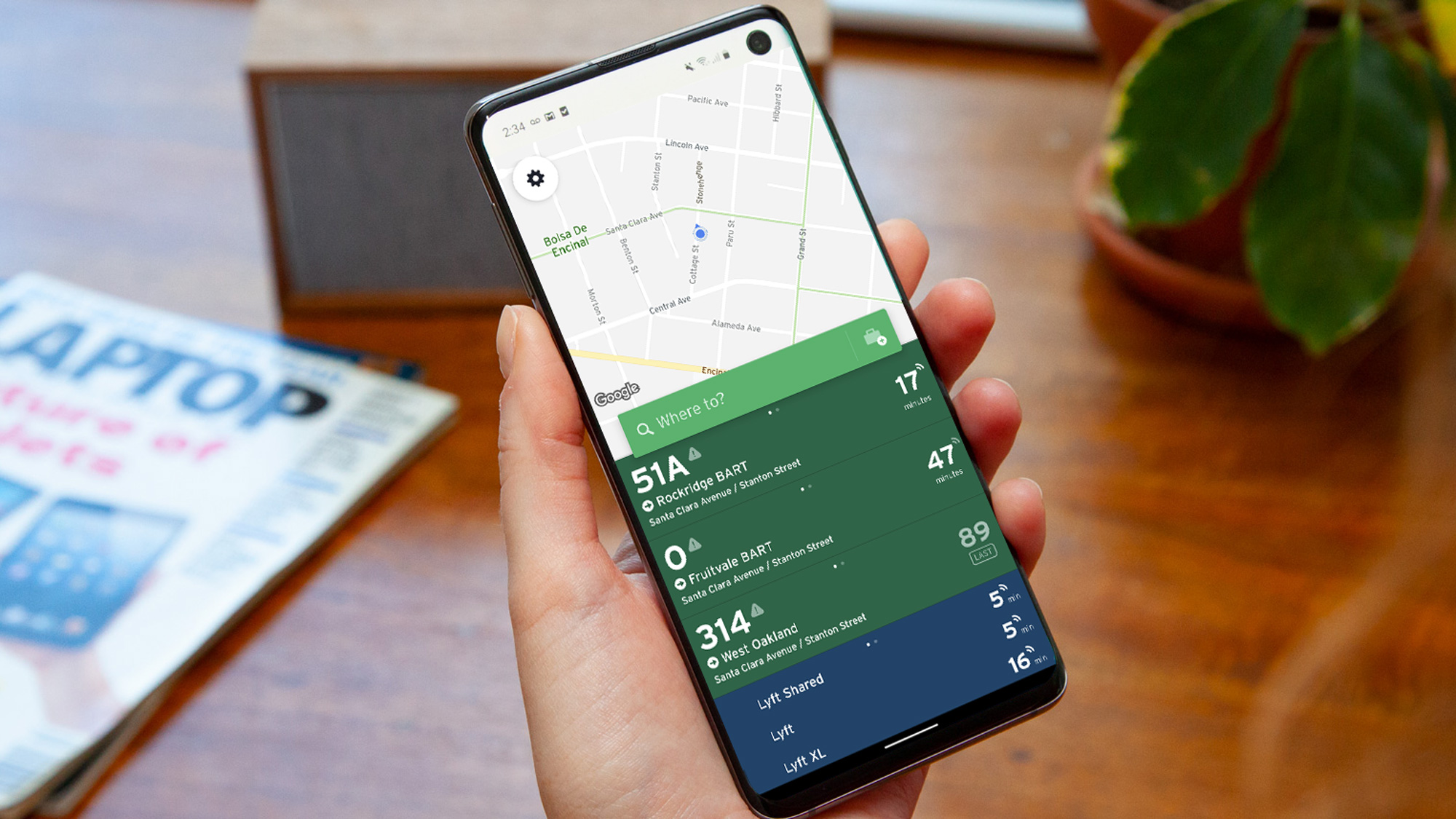Have you got an interesting new concept for an app? Do you want to provide your business’ products and services to consumers more effectively with a personalized smartphone application? Do you want to reach a broader consumer base with your offerings? If you’ve answered ‘yes’ to all these questions, read on to find out how to create a professional-looking Android app.

Develop the Concept
It would help if you started by extending the concept and premise to a comprehensive overview of the services you want to offer, how you want your application to operate, and the functionality you want your product to have. To do that, you may accept assistance from friends and family members or use samples from influential applications relevant to your vision and improve their framework the way you want.
Conduct a Market Survey
Figure out what the market for the concept is going to be. Developing an app nobody needs is a pointless task and a waste of everyone’s time. To determine how your product builds interest in the marketplace, can you start by deciding if your app can support users? Would it fix a concern for others? Will it have a workaround or benefit that someone else would like? You may also ask the people around you to discover their problems and produce ideas for your app.
Look at the Industry Leaders
Looking at how the industry’s best-selling and top-rated apps are designed can also help you gain insight into your app.
Define the Target Demographic
If you have built the conceptual framework for your product, you must define your application’s target consumer or user base. You might include socioeconomic factors such as age or gender, regional constraints such as targeting a particular area or city, and other considerations such as schooling, employment, etc. This can help you build experiences that serve your target demographic well and have a great user experience.
Decide Whether to Make Your App Free to Use
The next aspect you need to decide is if you would prefer to monetize or offer your software as a free service. Earning money from your app involves showing occasional ads, introducing a subscription option, or offering improved functionality or services to paid customers. Each app would need to adopt unique ideas to settle on a monetization strategy, depending on what you choose to do with the app.
Get Your Finances in Order
It is better to undertake this phase before the production starts to prevent unforeseeable expenses or exhaust the budget before the software is completed. You may set a reasonable approximation for your production budget or cap overall spending. This can allow you to identify programmers and other resources to help you create and deliver the software while acknowledging your financial concerns.
Start Developing Your App
After these measures have been accomplished, now is the time to start developing your app.. You can search the software creation studio market with a solid performance history and request their Android app development services. Alternatively, you can use online resources such as Builder.ai to make an professional-looking Android app from the comfort of your home!
Keep Improving the Core Concept
If the app has been designed, it will reach the prototype stage. At this point, you can authorize the recruited programmers to evaluate the software for stability and other concerns and refine the issues they experience. It must be noted that the monitoring and optimization phases are mostly perceived to be distinct from the production process. Most software development companies account for this phase independently.
Develop a Marketing Strategy for your App
If you haven’t worked on a marketing strategy yet, now is the best time to do it! With a proactive marketing and sales strategy, you can create excitement for the application to inspire your target customers to download and use it to fulfill their desires.
Your App is Ready to Go
After testing, you can start launching the app in the marketplace. When you begin an advertising plan, winning consumers and uploading will be less complicated.
Conclusion
Turning a simple concept into an app requires time, commitment, and money. But the outcomes can be highly lucrative and satisfying if you’ve done your homework, introduced innovative features, and given a solution that solves the problems affecting the target group. By following this easy guide, you will build a plan to transform the project into an app and be mindful of what to expect during the production process.





















